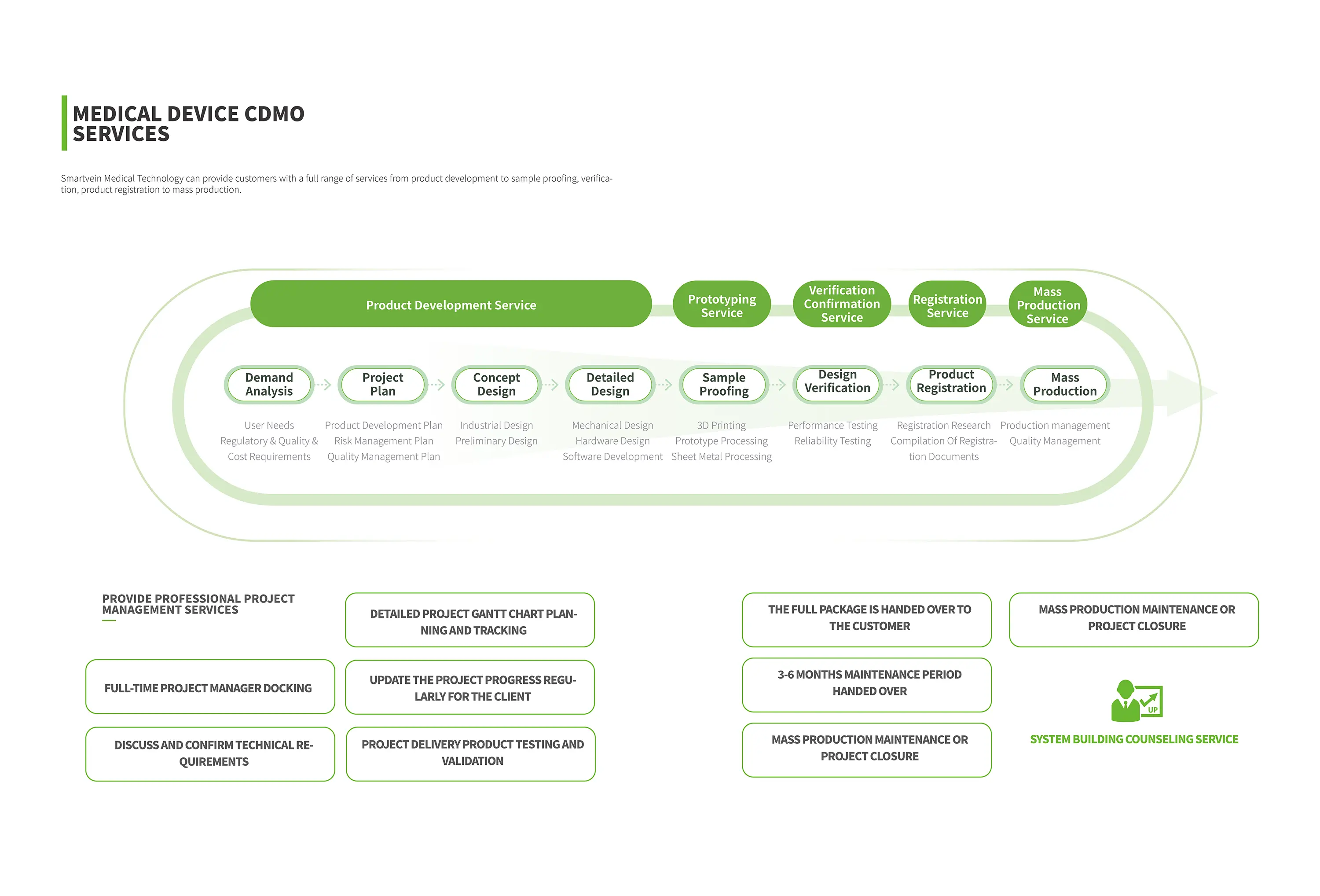The ocean, covering over 70% of the Earth's surface, is a vast and largely unexplored frontier. While it is often associated with marine life and ecosystems, it also harbors a wealth of minerals that are increasingly becoming the focus of scientific research and commercial interest. This article delves into the types of minerals found in the ocean, the methods used for their extraction, and the implications of this burgeoning industry on the environment and global economy.
Understanding Oceanic Minerals
Minerals in the ocean can be broadly categorized into two types: dissolved minerals and solid minerals.
- Dissolved Minerals: These are present in seawater and include essential elements such as sodium, magnesium, calcium, and potassium. These minerals play critical roles in biological processes and are vital for marine life. For instance, calcium is crucial for the formation of shells in marine organisms, while magnesium is essential for photosynthesis in phytoplankton.
- Solid Minerals: These are found on the ocean floor and include polymetallic nodules, seafloor massive sulfides, and cobalt-rich ferromanganese crusts. Polymetallic nodules, for example, are potato-sized lumps rich in nickel, copper, cobalt, and rare earth elements. They are primarily found in the abyssal plains of the ocean, where they form over millions of years.
The Quest for Extraction
The extraction of minerals from the ocean is not a new concept, but advancements in technology have made it more feasible and economically viable. Several methods are currently being explored:
- Deep-Sea Mining: This involves the use of remotely operated vehicles (ROVs) and autonomous underwater vehicles (AUVs) to locate and extract minerals from the seabed. Countries like China, Japan, and the Pacific Island nations are leading the charge in deep-sea mining operations, targeting areas rich in polymetallic nodules and hydrothermal vents.
- Desalination and Mineral Recovery: As freshwater scarcity becomes a pressing global issue, desalination plants are increasingly being utilized not only to provide drinking water but also to recover valuable minerals from seawater. This process involves the extraction of dissolved minerals during the desalination process, which can then be processed for commercial use.
- Biomining: This innovative approach uses microorganisms to extract metals from ores and sediments. Certain bacteria can bioleach metals from solid minerals, offering a potentially less invasive method of mineral extraction.
Environmental Considerations
While the prospect of mining the ocean for minerals presents significant economic opportunities, it also raises serious environmental concerns. The deep-sea ecosystem is fragile and poorly understood, and mining activities can lead to habitat destruction, sediment plumes, and the release of toxic substances.
Regulatory frameworks are still in their infancy, with organizations like the International Seabed Authority (ISA) working to establish guidelines for sustainable mining practices. It is crucial that any mineral extraction efforts are balanced with environmental protection to preserve the delicate marine ecosystems.
The Future of Oceanic Mineral Exploration
The demand for minerals is expected to rise, driven by the growth of technology sectors, renewable energy, and electric vehicle production. As a result, the ocean may become an increasingly important source of these critical materials. However, the challenge lies in ensuring that this exploration is conducted responsibly and sustainably.
Research and innovation in marine technology will play a pivotal role in shaping the future of oceanic mineral extraction. Collaborative efforts between governments, private companies, and environmental organizations will be essential to develop best practices that minimize ecological impact while maximizing resource recovery.
Conclusion
The ocean is a treasure trove of minerals waiting to be explored. As technology advances and the demand for minerals grows, the quest for oceanic resources will intensify. However, it is imperative that we approach this endeavor with caution, prioritizing environmental sustainability and the health of marine ecosystems. The future of oceanic mineral exploration holds great promise, but it must be navigated with care to ensure that we do not sacrifice the ocean's rich biodiversity in the pursuit of economic gain.

